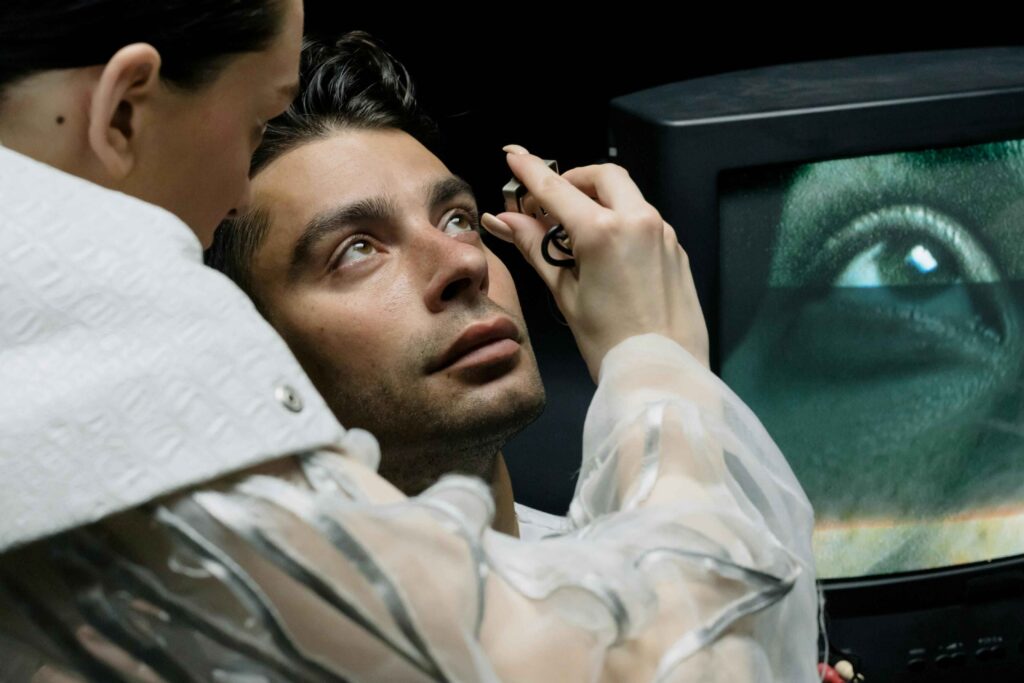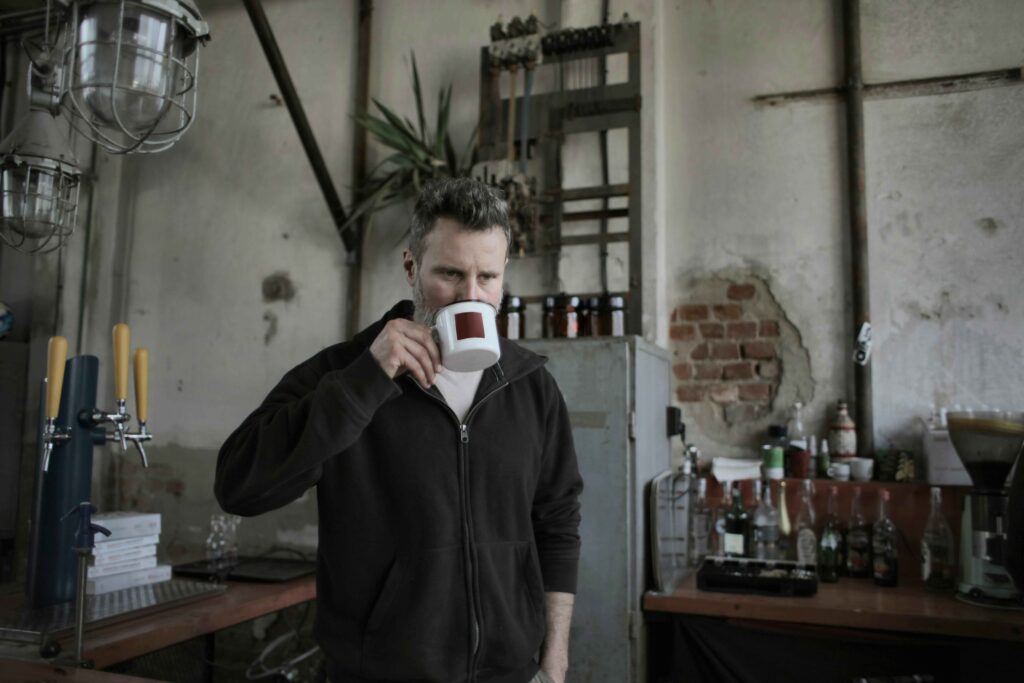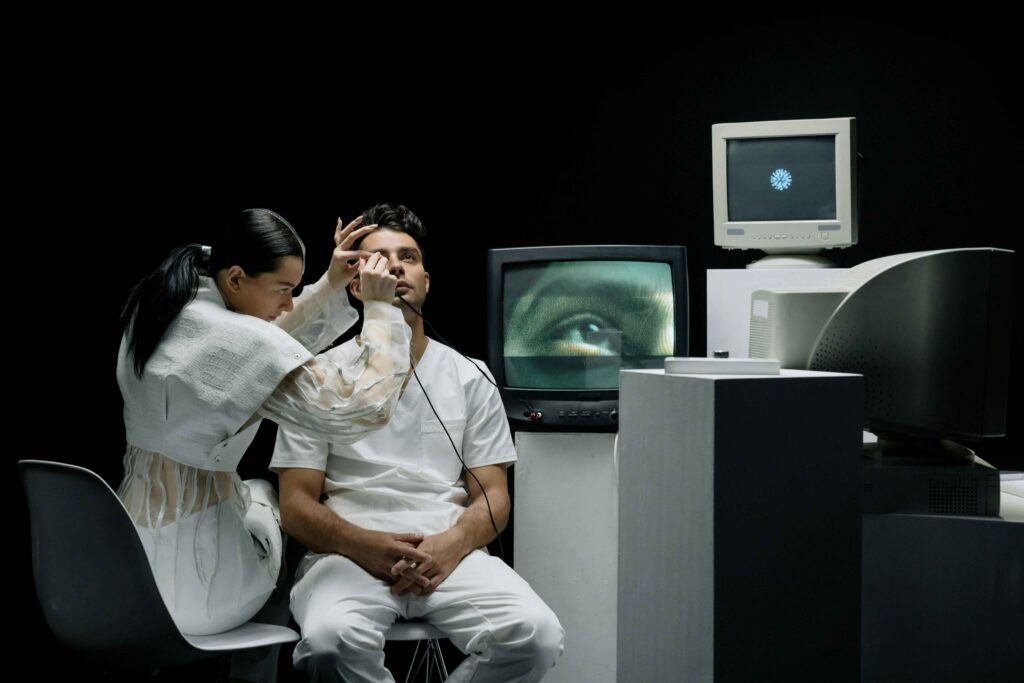Do Hospitals Use Cameras in Treatment? The implementation of technology by modern healthcare professionals now allows them to diagnose and provide treatment to patients in significantly different ways. The application of cameras together with imaging devices inside human bodies represents an interesting advancement in medical technology. This article examines the multiple camera-based and imaging system applications in hospitals while examining their medical benefits and their compatibility with medical ethics.
Introduction to Medical Imaging:
Clinical analysis and medical intervention benefit from a collection of techniques in medical imaging which reveals internal body structures through visualization. Medical institutions need these diagnostic methods to identify diseases along with tracking patient health and planning patients’ treatments.
Importance of Medical Imaging:
Medical professionals can use diagnosis to make exact identifications of medical conditions.
The healthcare provider receives guidance through Treatment Planning to develop optimal treatment approaches.
Monitoring: Enables ongoing assessment of a patient’s health status.
At least 80 women are suing a hospital in California after finding out the deliveries of their children, as well as various operations, were allegedly recorded by cameras in the facility without their knowledge. So, I’m going to assume that in the actual operating room, there were cameras that the patients didn’t know about.
The Allegations
The women claim the hospital invaded their privacy, was negligent, and unlawfully recorded private information. The hospital, Sharp Grossmont, is facing a lawsuit alleging that cameras were placed in three operating rooms and recorded patients during childbirth and other procedures. According to court documents, the cameras were allegedly filming patients during procedures without their consent.
Patient Reactions
I’m telling you, I have given birth multiple times, and you are in a vulnerable state. I mean, you’re exposed, you look a mess, it’s just not a situation where you would want to know that you’re being filmed, and it’s not your family members during the filming. You know, when I’m having an operation or giving birth, the only people that I want in the room are the doctor and close family members, and if they are filming, you need to ask me if I’m okay with that.
Patient Concerns
Some women may have been okay with it, and others may not, but at least give them the choice. San Diego’s Sharp Grossmont Hospital is facing a lawsuit in which at least 80 women say their privacy was violated. They are accusing the hospital of invasion of privacy, negligence, and the unlawful recording of private information.
Laws and Regulations
Yeah, you know, when you deal with medical issues and medical history and things dealing with your medical side, you know there are laws that protect your privacy of information. You know, and I think they called HIPPA laws, and I don’t know if having a camera in an operating room when you get a procedure done technically violates that, but to me, it seems like it would.

Types of Medical Imaging Techniques:
Hospital staff makes use of diverse imaging procedures that incorporate special cameras inside human bodies for diagnostic purposes. The following represents the basic imaging procedures used in medical practice:
Endoscopy:
Medical professionals use endoscopy as an intervention which combines small flexible tubes featuring cameras and lighting tools for visualizing internal body spaces.
Common Uses:
Gastrointestinal tract (esophagus, stomach, intestines)
Respiratory tract (bronchoscopy)
Urinary tract (cystoscopy)
Doctor perform internal structure visualization by using an endoscope which enters through body openings and tiny surgical cuts.
Laparoscopy:
Doctors perform operations through small incisions by using combined instruments and cameras within laparoscopy surgical techniques.
Common Uses:
- Gallbladder removal
- Appendectomy
- Hernia repair
Medical staff use a laparoscope that functions as an endoscope to insert inside the abdomen which shows the internal organs on a monitor screen.
Capsule Endoscopy:
Small cameras embedded in a pill-sized instrument let patients swallow them for taking images inside the digestive tract.
Common Uses:
- Small intestine examination
- Detection of bleeding or tumors
The patient wears a recording device which receives images from the camera unit before medical analysis by a physician.
Patient Testimonies
I was extremely embarrassed, said Karla Jones, who claims she was secretly recorded by the hospital’s cameras. I was mortified at the idea that there were video images of me in that extremely vulnerable and exposed moment. And I don’t blame her; I would feel embarrassed too. You know, who actually watched these films from the cameras? Who watched the footage? Why would the cameras even be there in the first place, filming me, and you didn’t let me know?
The Lawsuit
Jones, who was part of a class-action lawsuit originally filed in 2016 against the hospital, claims she was recorded during an emergency caesarean section in May 2013. Sharp Grossmont, wow, that means they got her with the stomach cut open and all of that. Yeah, that’s just not good. I was mortified at the idea that there were video images or video or images of me in that vulnerable and exposed moment, she told ABC News. It really shook how comfortable I was with hospitals and doctors and if I could trust them.
Comparison to Other Incidents
And I mean, that’s just like the last story I did with the employee poisoning the food. It’s like you’re not safe anywhere now. You’re in the hospital, you’re giving birth, you’re having an operation, why should you of all things, why should you be worried about someone filming you or feeling safe in a hospital out of all places? That’s where you should feel safe.
Hidden Cameras
Hidden cameras were in three operating rooms, allegedly filming patients during childbirth and other procedures, according to court documents. So, they not only had one operating room with cameras in it, but they had three, and they were all hidden cameras. I mean,
that reminds me of those sick people who put those hidden cameras in the women’s bathroom and film women going to the bathroom or dude, it was a little up skirt up things where he put something on his shoes and film women going up elevators and walking up and down steps. This is just so disgusting.

Body-based imaging tools operate without using cameras for internal examination.
A wide range of imaging techniques are crucial for medical diagnosis at hospitals even though they do not contain wireless cameras inside the human body.
- Medicinal X-rays generate pictures of bones together with specific tissue types through radiation application.
- CT Scans generate pictures of body sections through multiple X-ray image combinations at different angles.
- Organ and tissue imaging occurs through the combination of magnetic fields along with radio waves.
- The method relies on sound waves to generate images of both organs and soft tissues inside the body.
Benefits of Using Cameras in Medical Procedures:
Several benefits become available through camera implementation in medical procedures.
Minimally Invasive:
Laparoscopy together with endoscopy procedures create minimal tissue deterioration which enables patients to recover more rapidly.
Less Pain: Smaller incisions often mean less postoperative pain for patients.
Enhanced Visualization:
The real-time display mechanism lets doctors see inside human bodies in real-time which enables both prompt evaluation and immediate treatment.
Patient care through high-definition cameras leads to more accurate medical diagnoses and treatments because they offer superior image detail.
Number of Patients Recorded
According to the refiled lawsuit, however, cameras recorded about 1800 patients between July 2, 2012, and June 2013. Patients were both conscious and unconscious, partially clothed and emotionally and physically exposed. The lawsuit said, “Why would you want someone filming you in that state, knowing that strangers will probably be looking at the footage?”
Patient Testimony
Jessica Lincoln, another woman who claims she was secretly recorded at the hospital and is part of the newest lawsuit, said she was shocked after learning about the alleged recording at the hospital. “They did not have my permission to do that, so it was definitely wrong. It was definitely an invasion of my privacy. There’s images floating around somewhere, potentially viewed or could be viewed in the future by others without my permission, that exposed me,” said Lincoln, who said she had her youngest child as well as a tubal ligation in January 2013.
Hospital Explanation
According to court documents, the hospital claimed the cameras were placed on medication carts and set to record when they detected motion as part of an investigation into an employee accused of stealing medication from one of the operating rooms. So, here the hospital was admitting they did have these cameras, however, the cameras weren’t set up in the rooms, they were set up on medical carts, and I guess as the carts go, you know, they start moving, they get turned on, and these carts were basically used in operating rooms, so that’s how these women were filmed.
Improved Patient Outcomes:
The medical device capsule endoscopy helps doctors find hidden medical conditions which regular imaging tests would not reveal.
Truly invasive medical treatments enable doctors to direct interventions into specific locations thus decreasing the requirement for complex surgeries.

Ethical Considerations
Medical cameras enable numerous advantages during procedures, yet they introduce ethical matters that need to be solved.
Informed Consent:
Total disclosure needs to exist for patients who need to learn everything about camera-based procedures together with their potential risks and advantages.
Patients hold the right to deny medical treatment when they feel uncomfortable about any specific procedure and their preferences must receive proper respect.
Privacy Concerns:
The images together with the video footage obtained during procedures need secure storage to safeguard patient privacy.
The rules of ethical conduct should determine all uses of recorded medical footage to avoid any improper usage.
Potential for Misuse:
Healthcare providers need to avoid recommending medical procedures including cameras that do not have medical necessity.
The increased use of imaging technologies can result in the discovery of benign patient conditions entailing extra distress without medical necessity. You can contact us here.
Continued Use of Cameras
But they have admitted to it. Even after they confronted the employee, they had identified the source of the missing drugs, in their mind, they continued to operate the cameras for two additional months, said Allison Goddard of the Patterson Law Group, who filed the lawsuit. So, okay, so they had the cameras trying to catch the employee that was stealing drugs, they caught the employee, but they didn’t turn the cameras off, or they didn’t remove the cameras. I don’t know if that was just someone, it was an oversight that they didn’t do it, you know, mistakes happen, someone was supposed to remove those cameras, and they just took their time doing it, or what?
Hospital Statement
Sharp Healthcare told ABC News in a statement, “Between July 2, 2012, and June 2013, a computer monitor with a motion-activated camera was installed in each of the Sharp Grossmont Hospital’s three Women’s Center operating rooms, where it was previously detected that the powerful drugs were missing from the anesthesia carts.” The three cameras were installed and operated to ensure patient safety by identifying the person or persons responsible for the removal of the drugs.
Camera Angle
Although the cameras were intended to record only individuals in front of the anesthesia carts removing drugs, or others, including patients and medical personnel in the operating rooms, were at times visible to the cameras and recorded. Okay, so I guess they assumed that they had the cameras angled a certain way, they could only see the person that was taking the drugs, but the cameras caught more than what they intended for it to catch.
Conclusion:
Medical healthcare received a major breakthrough from camera usage that now delivers essential diagnostic instruments alongside treatment methods. The combination of endoscopy and laparoscopy with capsule endoscopy enables doctors to perform minimal invasiveness procedures which both help patients recover better and minimize treatment durations.
Implementation of these modern technologies demands ethical attention to protect patient rights concerning consent equant also ensuring patient confidentiality and avoiding technical abuses. Medical imaging technologies require healthcare professionals to maintain patient safety alongside the opportunity of these advanced clinical technologies.
New medical imaging innovations show great potential because they will improve the exactness and delivery efficiency of healthcare services moving forward.


